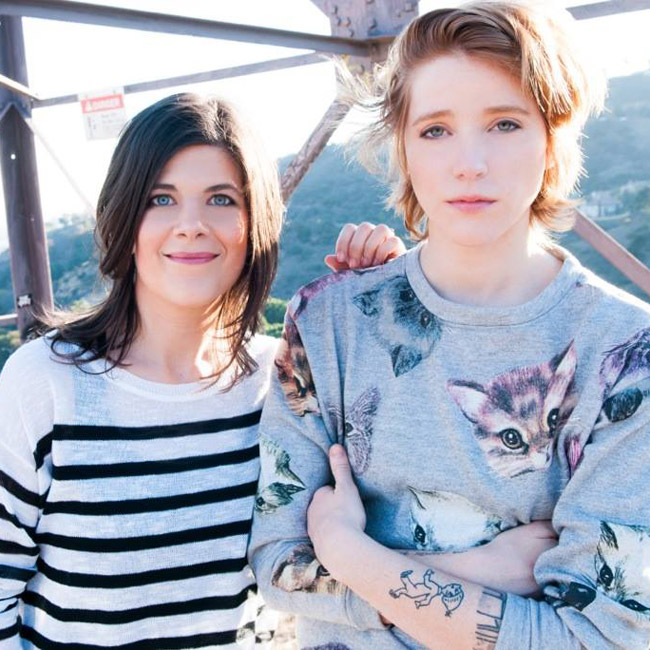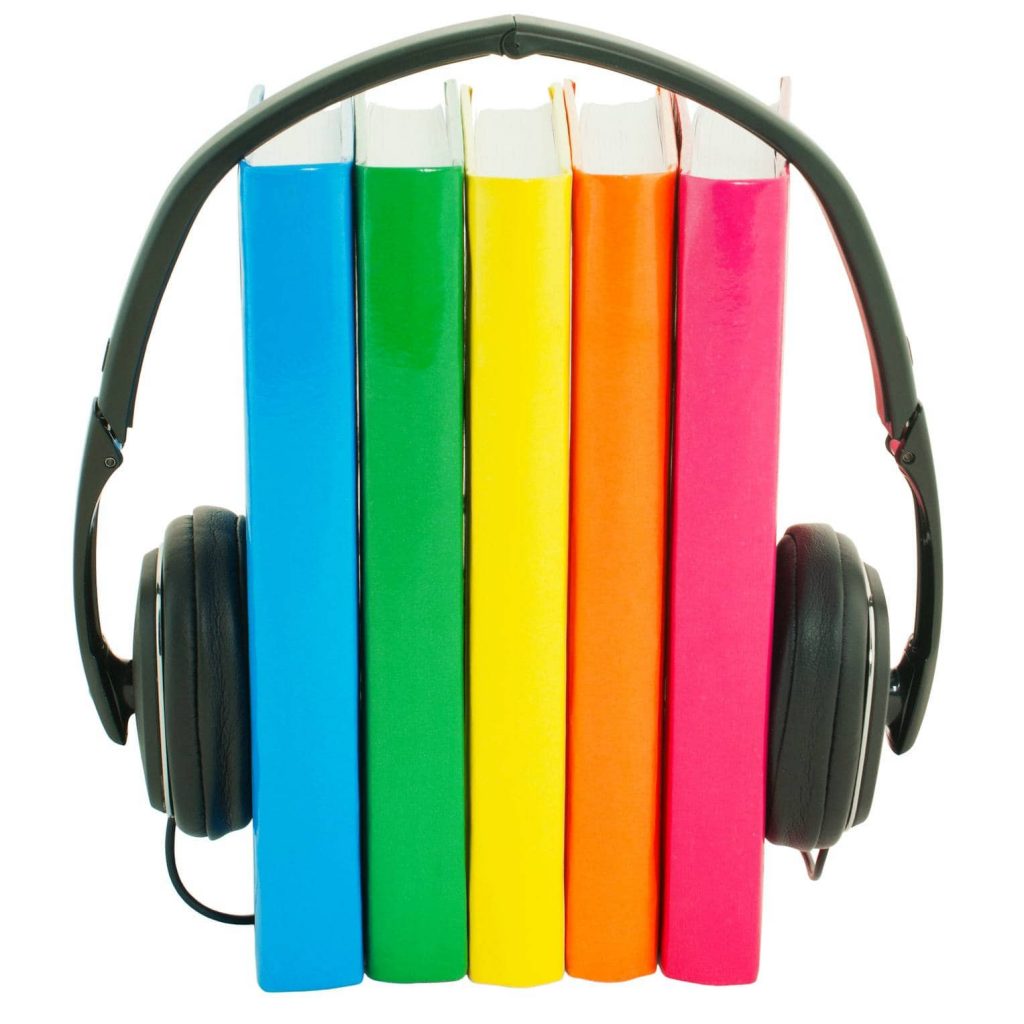Interview: David Levithan
A discussion with The New York Times best-selling author on his newly released novel “Two Boys Kissing”


10 years ago, one book re-imagined how a gay love story could be told. Deft, honest and straightforward, The New York Times’ best-selling author David Levithan‘s book “Boy Meets Boy” offered hope to young LGBTQ readers. Now Levithan has done it again: His just-released young adult novel “Two Boys Kissing” calls attention to the extraordinary, while embracing it as something that will one day slip into normalcy—something as magical and commonplace as a kiss between two boys. Sensitive and sentimental prose develop and envelop the lives of multiple characters striving to make change, or feel it—while striving to be themselves.
“Two Boys Kissing” was inspired by the true story of two 17-year-old boys who sought the Guiness Book of World Record for the longest kiss (32 hours), motivated by a desire to draw attention to the increase of hate crimes in their area. Narrated by a chorus of men who died from AIDS, one lost generation—unable to have been the role models for the next—addresses the newest LGBTQ community. Through the intertwining of multiple characters, “Two Boys Kissing” confronts gender roles, coming out and the concept of normalcy in a world where no real relationship is “normal.” Additionally, during the first two weeks of sales, Levithan is donating $2 from every book sold to The Trevor Project—the leading national organization providing crisis intervention and suicide prevention services.
Levithan’s work doesn’t stop there, though. His accolades include editing “The Hunger Games” series and co-authoring “Nick & Nora’s Infinite Playlist” with Rachel Cohn. This year, he has already released the young adult novel “Invisibility” with co-author Andrea Cremer. Levithan is also an editorial director and publisher at Scholastic, and the founding editor of their PUSH imprint, which is devoted to finding new voices and authors in teen literature.
CH recently met up with Levithan at Manhattan’s independent book store Books of Wonder to talk with him about “Two Boys Kissing” and the nature of young adult literature.

Can you touch upon the origin and inspiration for “Two Boys Kissing”?
Because it was the 10th anniversary of my first novel, “Boy Meets Boy,” and because the world of LGBT teens has changed so much in the past decade, I wanted to take a look at where we are now. I thought it would be interesting to look at the gay generation after mine (defined, I think, by the arrival of the internet) from the point of view of the gay generation before mine (which was defined so much by the arrival of AIDS). The thing was, I didn’t really have a central story to anchor this reflection with. Then a kid named Matty Daley sent me a Facebook message, telling me how he’d been inspired by “Boy Meets Boy,” and sharing with me a little of the story behind something he and his friend Bobby had just done: Breaking the world record for longest continuous kiss. Immediately I knew that this idea—making a statement through a same-sex kiss—would be at the heart of “Two Boys Kissing.”
You’ve taken a very unique approach with the narrative voice. How do you see the generation of men lost to AIDS coinciding with a Greek chorus?
I feel my gay generation—post-AIDS-outbreak, pre-internet—is an extremely small one, almost a hinge generation between what came before and what came after. I also have found that even though the time between the generations is short, there isn’t a whole lot of conversation about what life was like then, as opposed to now. So, for the lack of a better phrase, I decided to use my hinge status to see the current LGBT teen generation from the point of view of the men who would have been my immediate elders, had they lived. And rather than try to pin that generation to a single character, I thought it would be more interesting to have the generation itself speak. (The Greek chorus structure wasn’t on my mind, but when my editor pointed it out, it felt so clear.)

Will you explain the story behind the book’s cover?
The super-awesome cover photo was taken by Evan Walsh who was, at the time, a senior in high school. Evan and I were Facebook friends—he fanned my books, and I in turn saw his photography on his site and became a fan of his. He found two boyfriends to re-enact the kiss from the book and they captured it perfectly. Because of the book’s title, it was important to me to show two boys kissing—to finally have that represented in the YA section.
How did you come about selecting YA as your primary audience?
I learned the secret that YA is as much about adult readers as it is about teens. So I never felt I was compromising my audience to write YA. I really don’t have to think about audience when I’m writing. It just has to be good.
What is your hope for this book?
For it to resonate with readers. Both teens and adults.
What about “Two Boys Kissing” resonates most with you?
That—more than being in love with any boy or girl—it’s most important to be in love with life, and to appreciate that.
Autographed copies of “Two Boys Kissing” are available to buy from the Books of Wonder website.
Images courtesy of Books of Wonder












